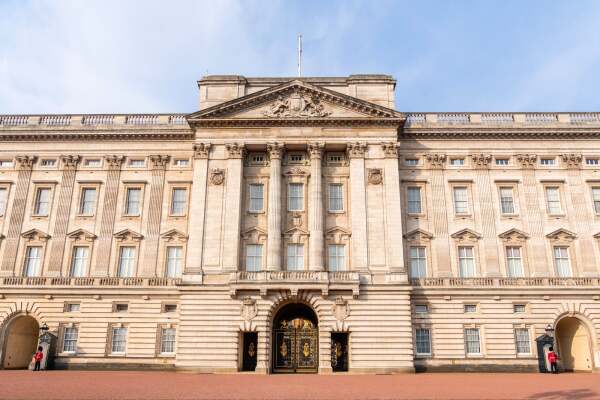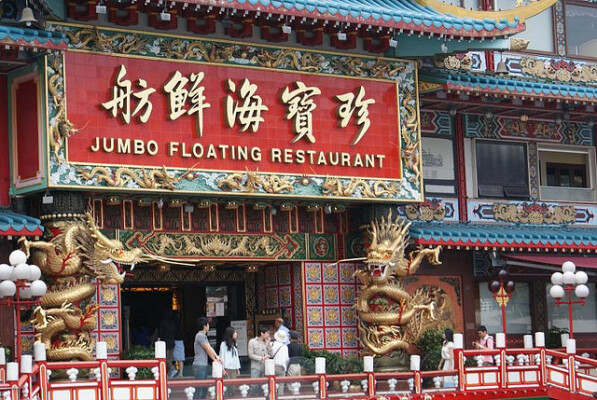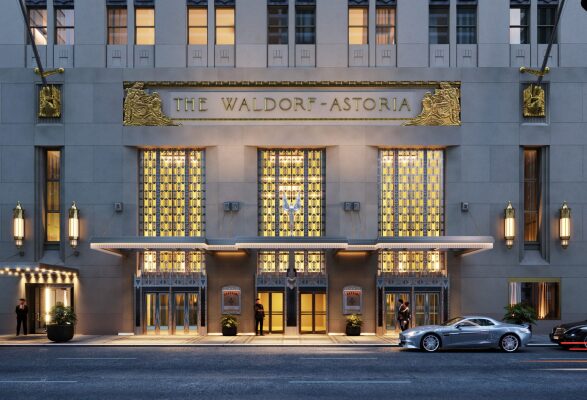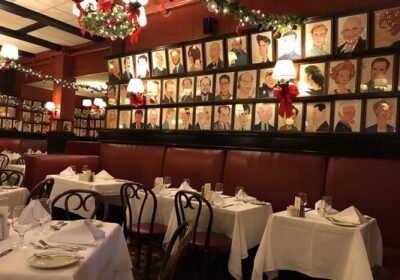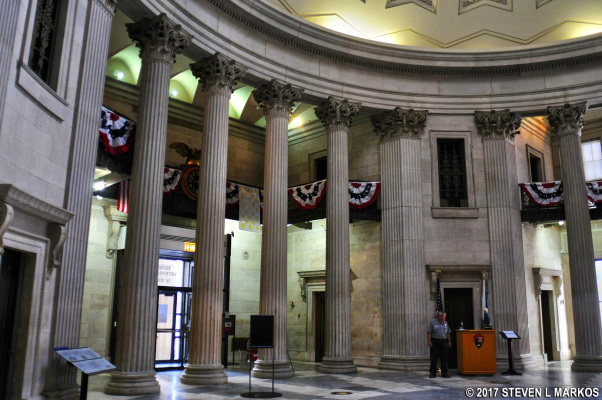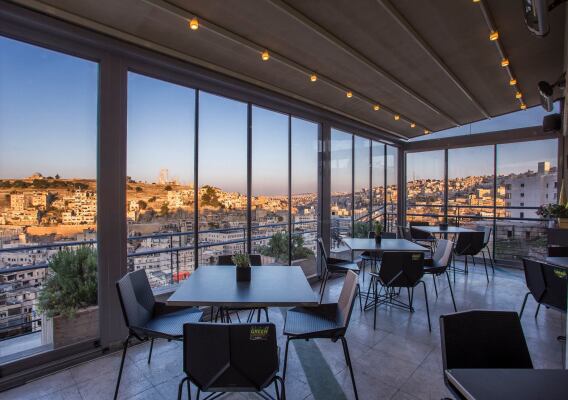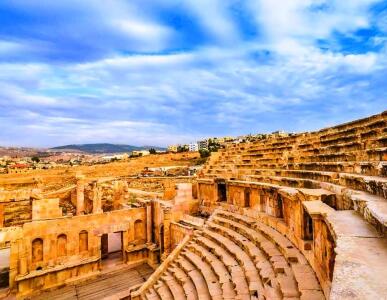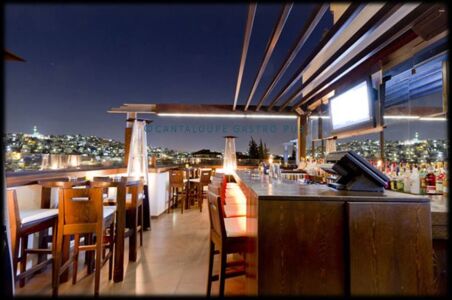King Abdullah I Mosque
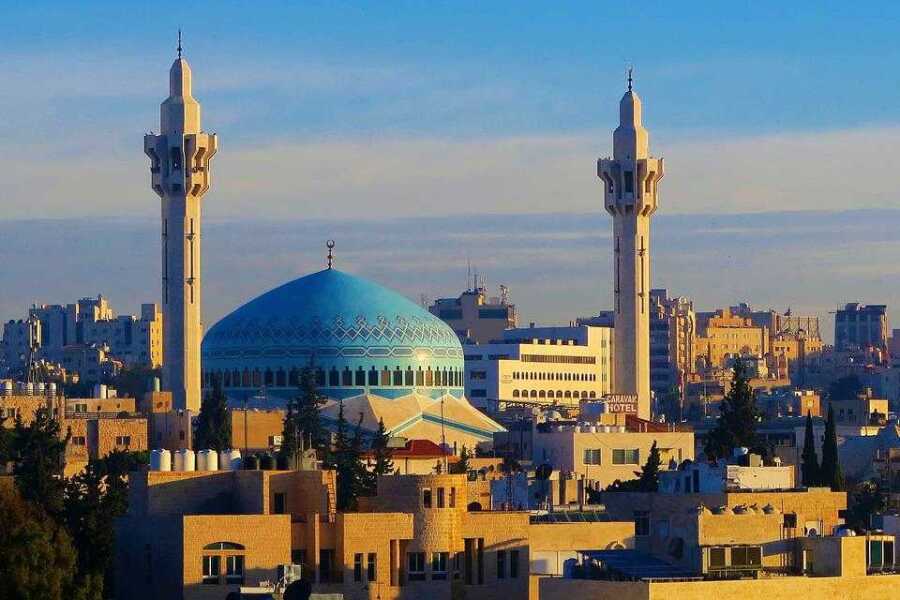
The King Abdullah I Mosque, located in Amman, Jordan, is a prominent and significant religious site in the city. Named after King Abdullah I of Jordan, the mosque is one of the largest in Amman and is known for its distinctive blue dome and white stone façade.
The mosque was constructed in the late 1980s and was completed in 1989. It can accommodate thousands of worshipers and is a popular destination for both locals and tourists visiting Amman. The mosque's architectural style is a blend of traditional Islamic design elements with modern touches, reflecting Jordan's rich cultural heritage.
Visitors to the King Abdullah I Mosque can admire its stunning interior, which features intricate tile work, ornate chandeliers, and beautiful calligraphy. The mosque also houses a library and a museum, showcasing artifacts and documents related to the history of Islam in Jordan.
In addition to being a place of worship, the King Abdullah I Mosque serves as a center for community gatherings, educational events, and charitable activities. It plays a crucial role in promoting interfaith dialogue and understanding in Jordan and beyond.
Overall, the King Abdullah I Mosque is a symbol of religious tolerance and cultural diversity in Jordan, and it stands as a testament to the country's commitment to preserving its Islamic heritage while embracing modernity.
Vampire Movie Filming Locations
The King Abdullah I Mosque in Amman, Jordan, is a prominent and iconic religious site in the city. However, in recent years, it has also gained attention as a filming location for vampire movies.
One such film that used the mosque as a backdrop is "A Thousand Years of Darkness," a horror movie that centers around a coven of vampires who take refuge in the ancient mosque. The film's producers were drawn to the mosque for its stunning architecture and unique atmosphere, which they felt would add a sense of mystery and intrigue to their story.
The filmmakers obtained permission from the mosque's authorities to film on the premises, ensuring that the filming process was respectful and in line with the mosque's religious significance. The crew worked closely with local officials to ensure that the mosque was not disrupted during filming and that its sanctity was preserved.
While some may question the decision to use a religious site as a backdrop for a fictional and supernatural story, others argue that it can contribute to a greater appreciation and understanding of the location. By showcasing the mosque in a different light, filmmakers can spark interest in the site and draw attention to its cultural and historical significance.
Overall, the use of the King Abdullah I Mosque as a filming location for a vampire movie is just one example of how iconic landmarks can be repurposed for creative storytelling. As long as proper respect and care are taken, these collaborations can be a unique and exciting way to showcase a destination and bring new perspectives to familiar settings.

